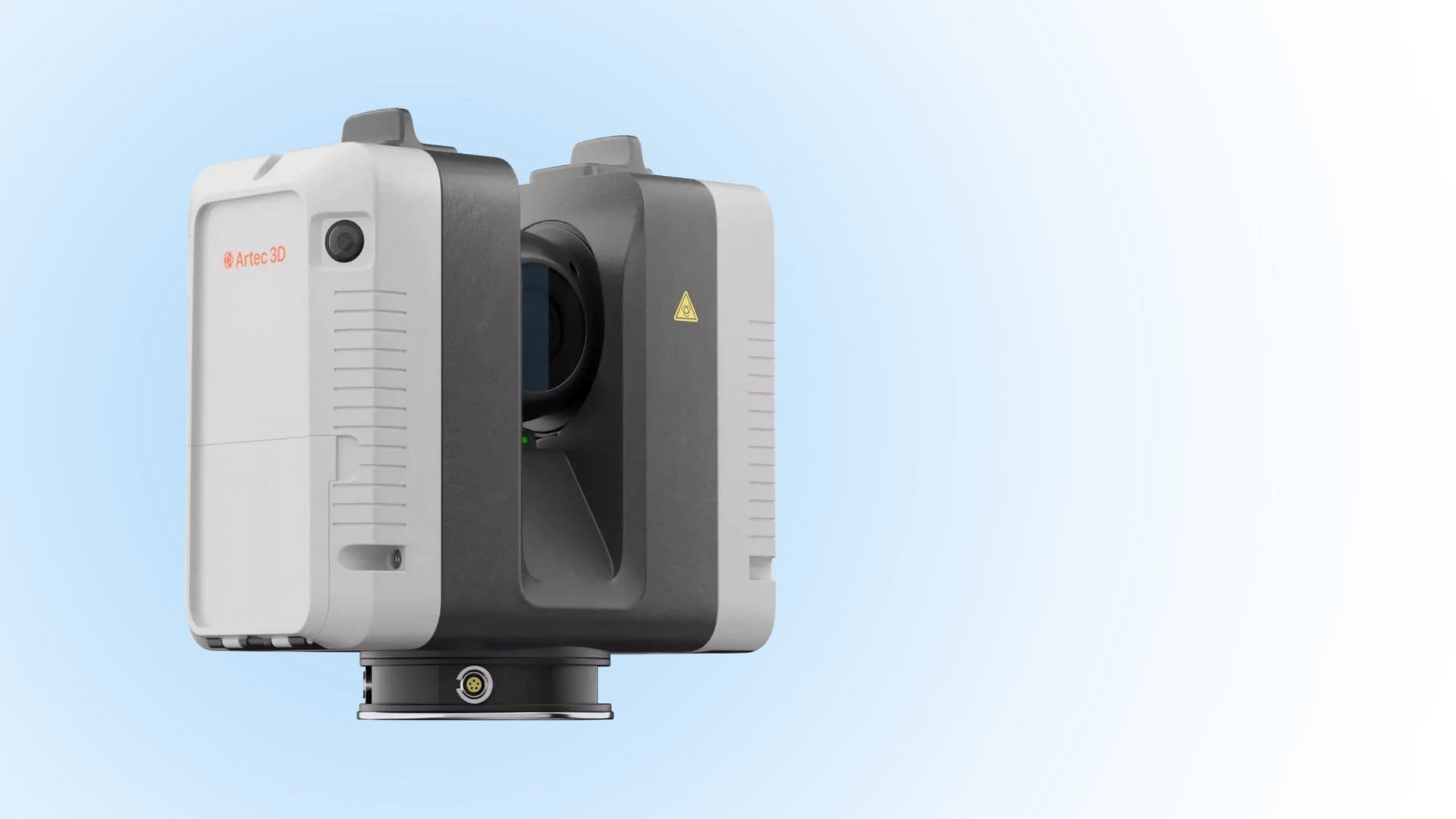
Long-Distance 3D Scanning for Infrastructure
Huge infrastructure projects present unique challenges that can only be addressed with advanced solutions like long-range 3D scanners. Whether it’s
Handheld 3D scanners have provided product designers and developers with the flexibility and simplicity they need to scan large objects and those permanently secured in hard-to-reach positions. As the name suggests, handheld 3D scanners are held by hand and moved around an object to enable them to capture accurate details of the object using structured light.
To truly appreciate the benefits of handheld 3D scanners, it’s important to understand how they work and the mechanisms they use to do the job with such remarkable speed and precision.
Generally, 3D scanners are suitable for a wide range of applications, including archaeology and heritage preservation, architecture, construction, engineering, education, automotive, manufacturing, healthcare, etc.
Initially, only the long-range, stationary 3D scanners were available, but their lack of mobility made it difficult to scan large, permanent objects. They could only be used in controlled environments like laboratories and studios, where they could access a stable source of power, and objects could be moved around.
The emergence of handheld 3D scanners has brought more freedom and flexibility to capture even the most hidden details of a large, immobile object. Their mobility has made it possible for you to do scanning jobs in remote locations, where it’s impossible to use a stationary scanner.
Scanning devices use two main technologies: contact and non-contact scanning. The scanning method you choose depends on the type of application you intend to use them for and the type of object to be scanned.
Contact scanning uses a coordinate-measurement machine (CMM), which sets a probe that is moved or positioned in three dimensions. This probe has sensors that capture measurements.
A contact-based handheld 3D scanner moves the probe manually or using predefined paths to scan the surface of an object. The probe obtains data points as it moves along these paths, while the scanner’s built-in software records the positions of these data points, forming a set of distinct measurements (point cloud) that you can use to produce the object’s 3D representations. Although contact-based 3D scanners are known to be highly precise, they are slower than non-contact scanners.
Non-contact scanning, on the other hand, can work in three distinct ways, depending on the technology applied to capture the three-dimensional details. These subcategories include triangulation, interferometry, and time of flight (ToF).
Triangulation is the most common method in industrial use. Non-contact handheld 3D scanners can use laser triangulation, structured light, or stereo vision to capture an object’s geometry. It’s important to mention that laser triangulation and structured light technologies rely on active sensors to send energy pulses to the object.
Stereo vision scanners have passive sensors that view the object without sending energy pulses. Active sensors can correct for dynamic curving, producing accurate scans more quickly. They’re good for maintaining strict quality standards and detecting potential flaws.
A handheld 3D scanner generates scans in three key steps: preparing the object, scanning, and processing the final scans.
Remove any dirt or debris from the object’s surface before scanning. These contaminants can easily distort the light projected by the scanner, interfering with its accuracy.
Large plaques of dirt on the object will create false outlines and breaks in the data points, resulting in misrepresentation of the object’s scope and shape. You may have to apply reflective stickers on the object’s surface to help the scanner track the key features of the object for enhanced accuracy.
Finally, place the object securely on a firm surface to avoid unnecessary movement, and ensure the background is plain or non-reflective.
A handheld scanner projects a laser beam (or structured light) onto the surface of the object, and the light forms patterns according to the features of the object. The collected data is stored in the scanner’s built-in software.
You may be required to move the scanner around the object, depending on the object’s size, to capture multiple views and ensure complete coverage.
The software processes the data captured to generate 3D models. The point cloud forms a mesh, which is then refined to fill gaps, streamline the geometry, and remove noise. Then, the final 3D model is exported in the preferred format.
The various uses of handheld 3D scanners are based on the applicable scanning technology and working principles. Most handheld 3D scanners use non-contact technologies like laser triangulation and structured light to produce high-quality scans quickly.
3D Scanning & Metrology News, Press, Insights, Trends, Case Studies, and more.

Huge infrastructure projects present unique challenges that can only be addressed with advanced solutions like long-range 3D scanners. Whether it’s

Different long-range scanner brands offer varying features and capabilities; hence the need to understand the most crucial aspects of long-range

The key difference between long-range and short-range scanners is the maximum distance at which they can capture data. Ordinarily, long-range

The key elements to consider in long-range 3D scanners include accuracy, scan speed, resolution, scanning mechanism, and ease of use.